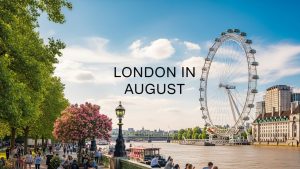
Visiting London in August (All you need to know)
If you’re planning a trip to London in August, you’ll have a memorable experience during one of the city’s busiest and most exciting times of

If you’re planning a trip to London in August, you’ll have a memorable experience during one of the city’s busiest and most exciting times of
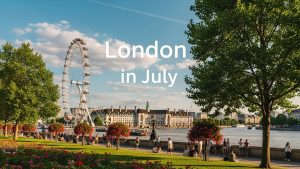
If you’re planning a trip to London in July, get ready to experience the best of this amazing city. July brings warm temperatures around 22

Thinking of visiting London in June? With long sunny days, blooming gardens, and a pleasant summer atmosphere, London comes alive like never before. From strolling
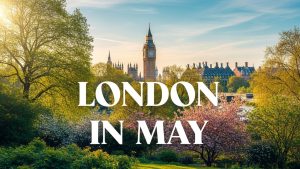
If you’re planning a trip to London in May, you’re choosing one of the most delightful times of the year to visit the city. May
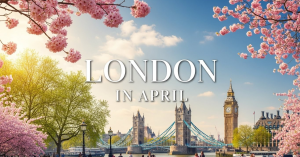
April is a wonderful time to visit London for many reasons. When spring is in full swing, you can spend more time outdoors enjoying the
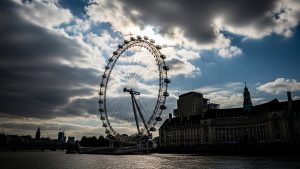
This city welcomes tourists year-round, and each season brings something new to experience. In winter, the city’s streets are adorned with festive lights and holiday
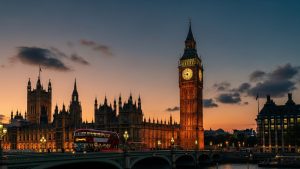
The practice of changing clocks twice a year has become such a familiar part of British life that most people don’t give it a second
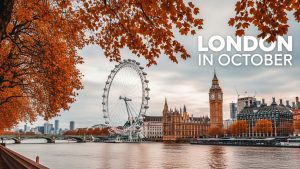
Thinking about visiting London in October? It’s one of the quietest and most colorful months to explore the city. The air becomes cool and crisp,

If you are planning a trip to London in February, then this guide will walk you through everything important — from the weather and daylight

The London Living Wage is an hourly pay rate, currently set at £14.80, and it’s calculated independently to reflect the higher cost of living in
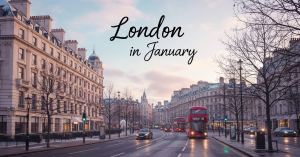
If you are planning to visit London in January, this post will give you all the information you need. In this complete guide, we will
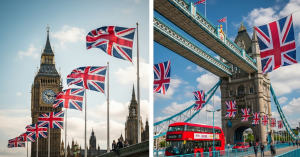
What to expect when you visit London in December – from rainy day activities, top Christmas concerts and comedy nights, best tours, must-visit food and
© 2025 Visits of London